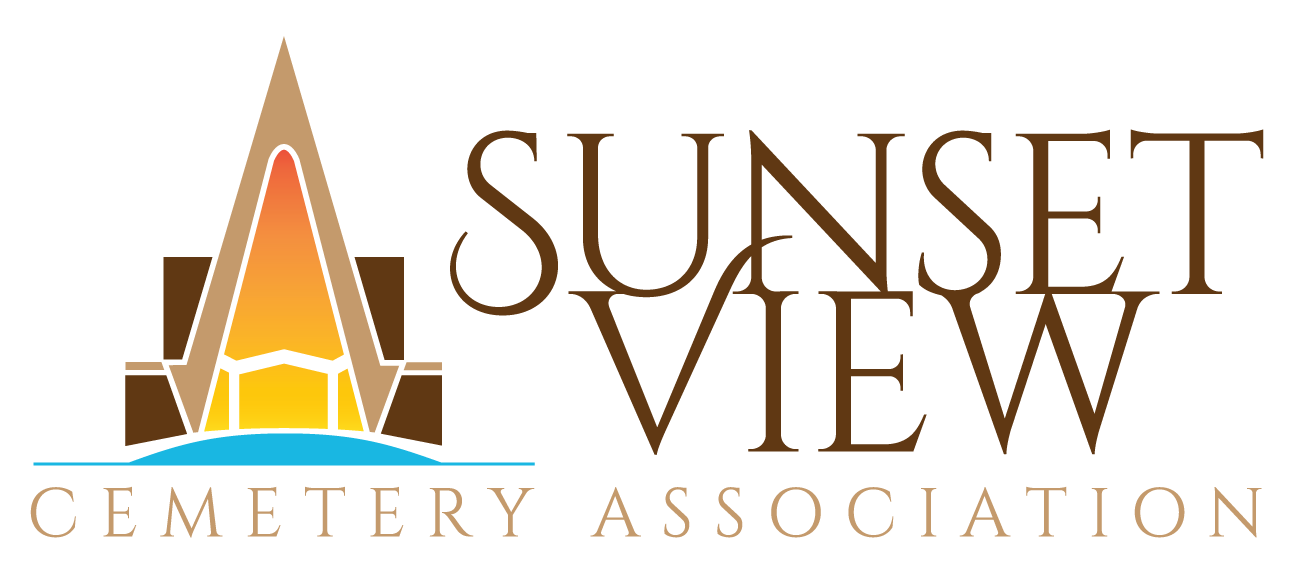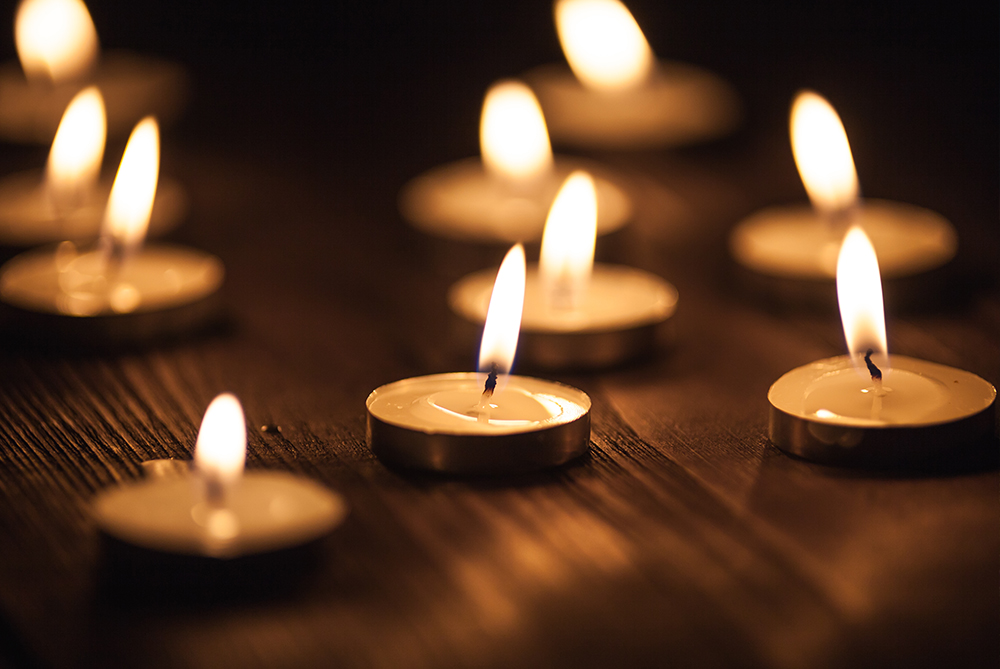Lois Van Amburg Memorial Lois (Loey) Marilyn Van Amburg was a loving, strong, tenacious, loyal and dynamic woman who was a powerful force in a small package and the center of gravity for her family’s life, traditions, bonds and celebrations. She had an exceptionally strong sense of right and wrong and a clear view ofContinue Reading
Lois Van Amburg Memorial
Lois (Loey) Marilyn Van Amburg was a loving, strong, tenacious, loyal and dynamic woman who was a powerful force in a small package and the center of gravity for her family’s life, traditions, bonds and celebrations. She had an exceptionally strong sense of right and wrong and a clear view of how she wanted to live her life. She cherished and nurtured her family’s Minnesota farming heritage and the traditions and history of her Swedish and German roots and managed her family’s farm until her passing.
She had a deep love of books and literature and history and science, of languages and art, of cooking and gardening and birds and wildlife. Known as Loey or Lo to her husband and family, she also possessed a completely unique and amazing sense of color, patterns and combinations and a personal style and flair that maintained to her final day. She surrounded herself with beautiful art and music and textiles. She had a love of knowledge and of learning, and an incredible memory spanning a vast array of topics. She was one of the smartest people that those who knew her well would ever meet.
Born Lois Marilyn Jurgens in Madelia, Minnesota on October 29, 1930, the middle of three children, she grew up at the height of a growing and cruel Great Depression that she saw impact her parents and which influenced her life from an early age. She saw her father give up his own early farming goals for himself and focus on maintaining the main family farm near East Sveadahl, north of St. James, Minnesota during this time. The experience of sacrifice and family became a central feature of her life, as did the commitment to honesty and taking responsibility. Only once she was about to leave high school could her father and mother finally purchase their own small farm, just south of St. James, which Lois and her siblings have maintained to this day.
Following high school, Lois could not afford college and worked as the deputy county clerk for Watonwan County, Minnesota. Seeing she wanted more for her life, her boss connected her to a friend in Minneapolis who suggested she consider coming to the city and enrolling in a flight attendants training school. The experience helped her gain confidence and a chance to see the world outside of southwestern Minnesota. At the age of 20, she was too young for a major airline so her first job was with Resort Air in San Antonio, Texas. She traveled there by bus on her own with no place to stay, but quickly found roommates and thrived in her new world. When she turned 21, she returned to Minneapolis and joined Northwest Orient Airlines, serving aboard many aircraft, including the huge, double-decked Boeing 377 Stratocruiser planes that set the stage for the “jumbo jets” of later eras, complete with train-like sleeping accommodations.
While in Minneapolis she formed friendships that would last years. But most importantly, she met the person who would become the partner, husband, lover and friend that defined the remainder of her life. Fred Van Amburg was a young Air Force reserve sergeant stationed in Minneapolis during the Korean War, a baseball player from California. They met almost by accident, as Lois did not like baseball. But from their first time together they became inseparable, traveling in Fred’s Buick, nicknamed the “Blue Goose”, and spending time at favorite roadhouses and locations around Minneapolis in the early 1950s. They were married on April 10, 1954 at Augustana Lutheran Church in St. James, Minnesota. Immediately after, they jumped in the Blue Goose and headed to California. Traveling together, especially by car, became a theme throughout their days. It was a bond they never lost through more than 60 years of marriage.
Lois and Fred managed all things in life together. Lois worked at a testing lab in Richmond, California while Fred finished college and started a career in radio, and then television. Their first son, Bill, was born while they lived in Richmond, as was their second son, Jon. They then moved to Merced, California for Fred to build his career and there Lois gave birth to their third son, Karl. Three children in three years! Yet even through these difficult early years of moving to a new town every year and a half, of the rapid growth of their family, of struggling financially as do most young people, there was one bed rock issue for Lois: family, and in particular, maintaining her Minnesota family heritage. At least once per year, and sometimes more, the family would travel back to Minnesota to the Jurgens farm to see her parents, now grandparents, and make sure this part of her history was not lost for her children. These family trips became somewhat legendary, and Lois and Fred knew how to cover long miles in the days before Interstate freeways, truck stops, motel chains, quality tires, seat belts and air conditioning. They used these trips to also explore America with their children, finding ways over the years to visit Yellowstone, Glacier, Grand Canyon, Zion, Bryce Canyon, Petrified Forest, Mesa Verde, and Rocky Mountain National Parks, among many others, and sites from Little Big Horn to Canyon de Chelly. Lois instilled in her family a love of nature, of archaeology, of native peoples, and how to bring your world with you in your travels. With a packed ice chest, a camp stove and a tent, they served out amazing meals along most of the routes of Western America.
Her home in El Cerrito became the center of her own family’s life, and in later years became the equivalent of the “Minnesota pilgrimage” for her sons and their families. Many of the grandchildren thought of her home as the Christmas house, because this is where all would gather after Christmas to be together under one roof. Big dinners around the table featured Swedish dishes such as “Dopp” and “Giftas” and fruit soup in the early years; in later years enchiladas and margaritas became the happy tradition complementing storytelling and gift giving long into the night.
Lois was talented in all she took on. She could have been an interior designer: she filled her home with color and design and art she found along the roads of America. She could have been a documentary producer: she and Fred traveled to Berlin, Mogadishu, Nagasaki and Hiroshima and many other locations producing reports on civil war, cold war, famine and the long lingering impacts of nuclear weapons. She could have been a farmer: she managed with a neighbor her family’s crop rotations and sales, farm maintenance and affairs for decades.
She and Fred had wanted to travel more when he retired; but caring for her ailing father and then the farm he left behind took precedence. With her siblings she maintained and managed the farm for the last 35 years of her life, often driven by her force of belief and will. But she and Fred also made these quarterly trips to Minnesota their joy. For them, it was a chance to be on the open road together again with a packed ice chest and miles of highway to cover. They found a peace and relaxation, and friendships and partners, in performing the chores of maintaining the Minnesota farm that seemed to outweigh the burden it also was.
They made this pilgrimage together until the fall of 2016. But when Fred died in 2017 a big part of Lois was ripped away with him. The weight of the work was harder to carry and less joyous. The gradual loss of her sight was another burden that weighed heavily on her.
Lois’ last trip to Minnesota was the year before COVID. She wanted to go in 2020 but could not. The loss of Fred and the loss of connecting with Minnesota pulled hard on her spirit. It may have finally made fighting against her ailments too much to maintain. Tenacious to the end, she had Christmas at home despite a trip to the hospital two days before. She never went back to a hospital, as was her desire. She stayed in her home, as was her desire. And she passed away at home, with her family, without the confusion of pain medications, as was her desire.
Honoring her desires was not always easy for her family. But for her sons, seeing the serene look of sheer wonder and amazement on her face as she left this world, as if she had just stepped outside and looked up to see a beautiful sunset – at peace, without fear or pain, looking youthful and almost angelic – made clear her way was the right way for her. It was truly her last gift and inspiration to her family, and they treasure it.
Lois lived an amazing life. Her life with Fred was full, rich, long and inspiring to all of her family, who honor and celebrate that life; in sadness not to have her with them, but in gladness that she was such a huge part for so long of all of their lives.
Lois is survived by her younger sister Shirley Osgood and her husband Bruce; her brother-in-law Tom and his wife Mary; her sons William (Bill) and his wife Jo; her son Jon and his partner Terre Harrison; her son Karl and his wife Michon; her grandchildren Jackson (Jack); Katherine (Katie) and her partner José Guerrero; Jessie and her husband Phil Duffy; Gabrielle (Gabbi); and Luke; her nephews and nieces David Jurgens; Frank Jurgens; Donna Hallum; Carol Van Amburg-Leasau; Damon Osgood; Zack Van Amburg; Chris Van Amburg; Mallory Sullivan; and Arden Van Amburg Reidl; her aunt by marriage Flogie Zumwalt; and multiple cousins and great nieces and nephews.
There will be no face-to-face memorial for Lois because of COVID. Family will gather privately.
If anyone wishes to do anything in memory of Lois, in lieu of flowers, the family asks instead that you please contribute to your favorite charity that helps people, or to just do an act of kindness. Lois believed strongly in reading and literacy (local library and literacy programs), providing food and housing security (local food banks, Habitat for Humanity), in planting trees and in wildlife preservation, especially birds (Tree People, National Wildlife Federation), in preserving family farming, and in appreciating Native American culture, with a special love for the Southwestern cultures.
An environmentally friendly option.
Your condolence may need to be approved before it appears on this page. It may not appear immediately once submitted.
Your condolence may need to be approved before it appears on this page. It may not appear immediately once submitted.
Your condolence may need to be approved before it appears on this page. It may not appear immediately once submitted.
Thank you for leaving a condolence.
Your comment has been submitted for moderation.

 Send Flowers
Send Flowers

